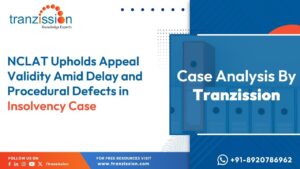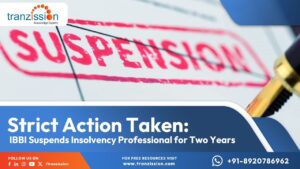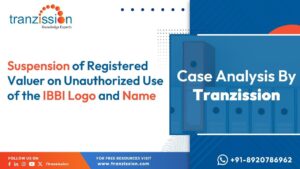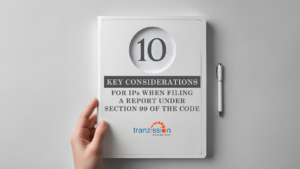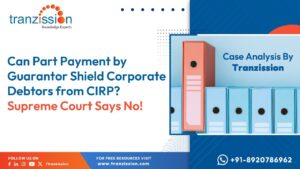
NCLAT Upholds Appeal in Insolvency Case Despite Delays
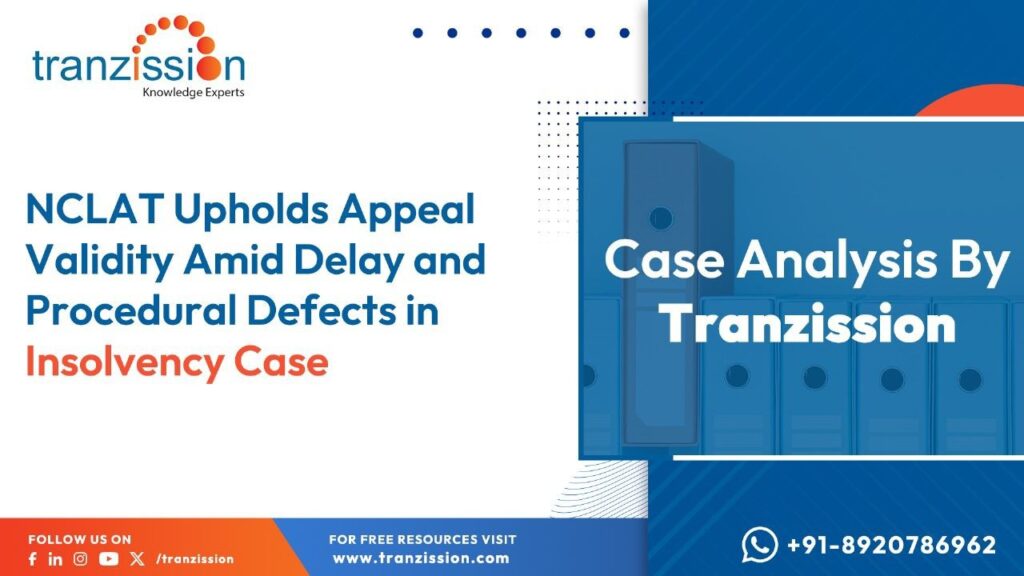
Table of Contents
The NCLAT Upholds Appeal in Insolvency Case recently issued a significant decision in the case of Innovators Cleantech Pvt. Ltd. versus Pasari Multi Projects Pvt. Ltd. In this ruling, NCLAT upheld the appeal in the insolvency case despite several procedural and substantive issues, including delays in filing the appeal and the condonation of delay. The decision relied upon several judicial precedents to address these concerns.
Background of the Case
Innovators Cleantech Pvt. Ltd. claimed that Pasari Multi Projects Pvt. Ltd., Corporate Debtor owed them Rs. 4,75,70,047/- as of January 5, 2018. Demand notices were sent on February 12, 2019, and April 25, 2019. Innovators Cleantech then tried to start a Corporate Insolvency Resolution Process under Section 9 of the Insolvency and Bankruptcy Code, 2016. However, the application was dismissed on August 28, 2023, which led to this appeal.
Key Issues and Decision of the NCLAT
Issue No. 1 – Delay in Refiling of Appeal
- Issue: Should the 86-day delay in refiling the appeal be condoned?
- Decision: Yes, the delay was condoned because the initial e-filing was timely, and subsequent delays were due to procedural issues.
- Reasoning: Procedural delays should not stop substantive rights if they are justified. The rules should help, not hinder, justice.
Issue No. 2 – Validity of Initial Filing
- Issue: Was the initial e-filing valid despite missing documents?
- Decision: Yes, it was valid. The case of V.R. Ashok Rao and Ors. vs. TDT Copper Ltd. was relied upon which held that removing defects does not reset the filing date.
- Reasoning: The initial filing date is most important, and removing defects does not mean a new filing.
Issue No. 3 – Service of Appeal Copy
- Issue: Was serving the appeal copy to one of the directors adequate?
- Decision: Yes, it was adequate to inform the Respondent about the appeal.
- Reasoning: The main goal is to inform the parties, and substantial compliance with the rules is enough.
Issue No. 4 – Application for Certified Copy
- Issue: Should the appeal be dismissed for not providing a certified copy of the impugned order?
- Decision: No, the requirement for a certified copy is not absolute. Exemptions can be granted to ensure justice.
- Reasoning: Technical non-compliance should not deny justice if the purpose of a procedure is met.
Issue No. 5 – Recall of Orders
- Issue: Should the orders condoning the delay and issuing notices be recalled?
- Decision: No, the orders were correctly issued to ensure fairness.
- Reasoning: Fairness is essential, and recalling orders without substantial grounds undermines the appeal process.
Issue No. 6 – Computation of Limitation Period
- Issue: Should the limitation period be computed from the date of e-filing or refiling?
- Decision: It should be computed from the initial e-filing date. The decision of the Supreme Court ruling in Sanket Kumar Agarwal and Anr. vs. APG Logistics Pvt. Ltd. was relied upon.
- Reasoning: Limitation is counted from the initial e-filing date, irrespective of later defect removals.
Judicial Precedents Relied Upon
- V.R. Ashok Rao and Ors. vs. TDT Copper Ltd. – Removing defects does not reset the filing date.
- Sanket Kumar Agarwal and Anr. vs. APG Logistics Pvt. Ltd. – Limitation is computed from the e-filing date.
- Delhi Development Authority vs. Durga Construction Co.: Emphasized timely defect removal.
- V. Nagarajan vs. SKS Ispat and Power Ltd. and Ors.: Highlighted the need for a certified copy and conditions for exemptions.
- Union of India v. Bharat Biotech International Ltd.: Validated initial filings that are incomplete or defective.
Conclusion
The NCLAT decision indicates the need to balance procedural compliance with substantive justice. It clearly holds that by following established judicial precedents and considering the intent and diligence of the parties, the Tribunal ensured that justice was accessible and not obstructed by technicalities.

